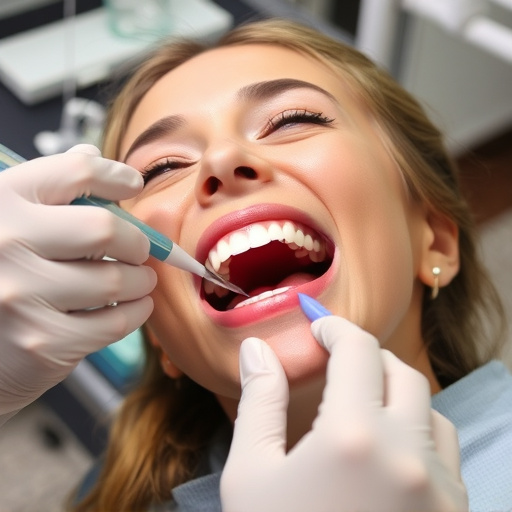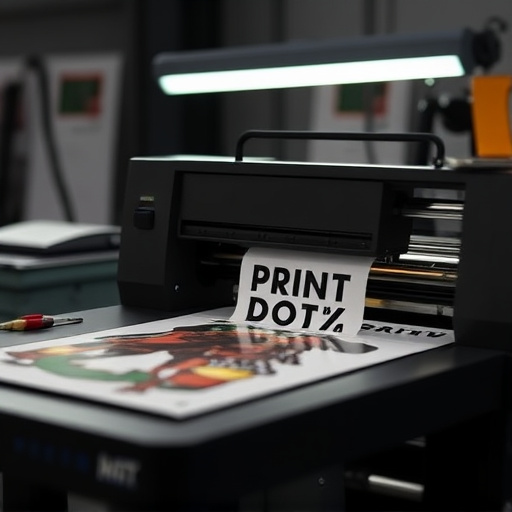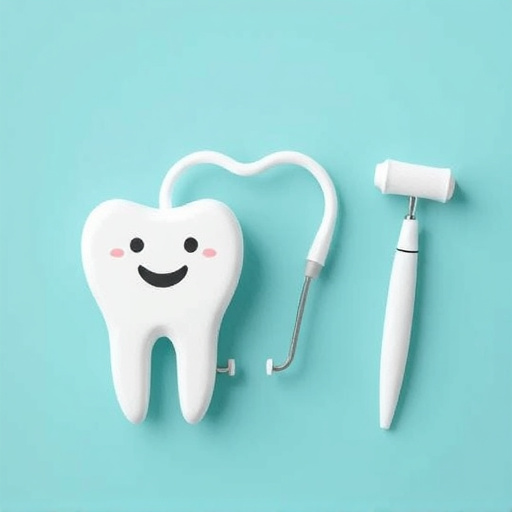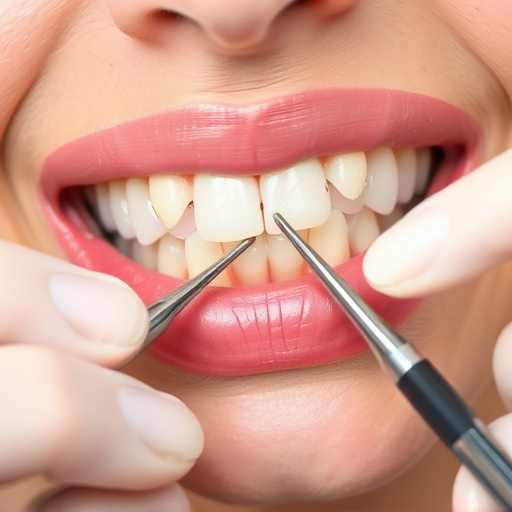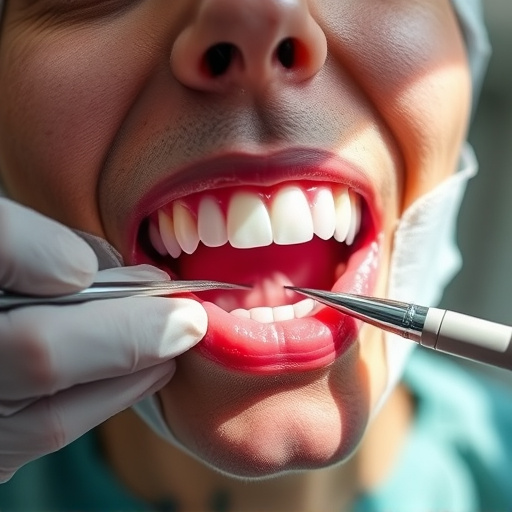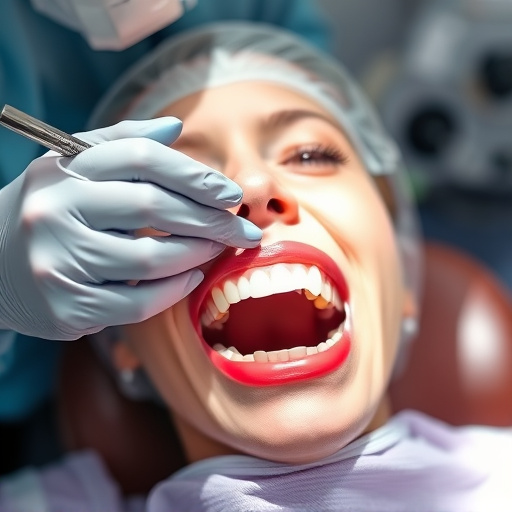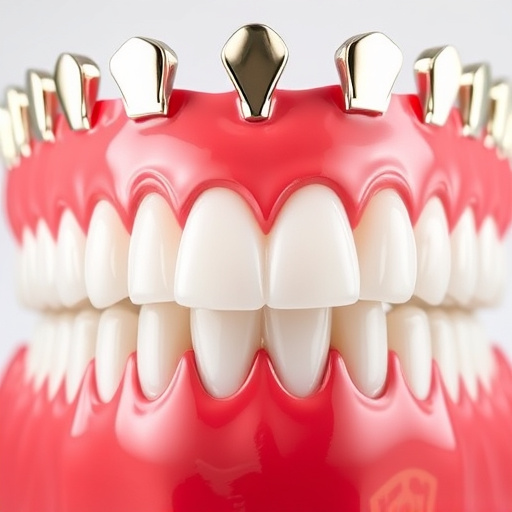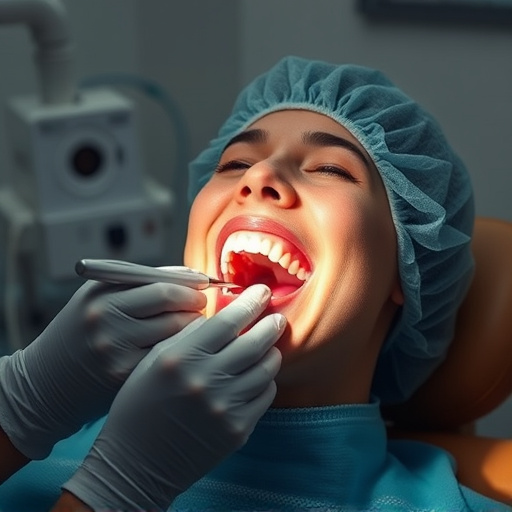Effective pain management after tooth extraction services is crucial for a swift recovery. Patients should follow medication regimens, use cold compresses, rest, and maintain good oral hygiene to reduce healing time. Over-the-counter medications and topical anesthetics provide initial relief, while severe cases may require advanced restorative dentistry procedures for comprehensive care.
“Tooth extraction services can leave patients experiencing common pain and discomfort. Understanding post-extraction pain is the first step towards effective management. This article guides you through the process, offering insights on strategies to alleviate pain during recovery. We explore over-the-counter medications and topical anesthetics that can significantly ease the procedure’s side effects. By following these recommendations, patients can ensure a more comfortable journey towards improved oral health after tooth extraction services.”
- Understanding Common Pain After Tooth Extraction Services
- Strategies for Effective Pain Management During Recovery
- Over-the-Counter Medications and Topical Anesthetics for Tooth Extraction Services
Understanding Common Pain After Tooth Extraction Services
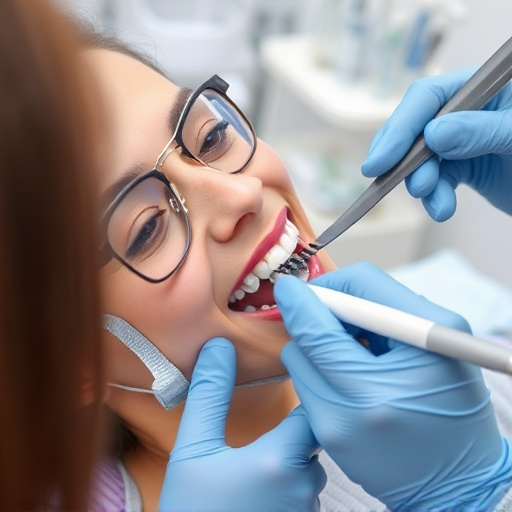
After tooth extraction services, it’s common to experience some level of discomfort and pain. This is a natural part of the healing process and typically reaches its peak within 24-48 hours before gradually subsiding. Understanding what to expect can help reduce anxiety and ensure patients are prepared for the recovery period.
The extent of post-extraction pain varies from person to person, influenced by factors such as the complexity of the procedure, overall oral health, and individual pain tolerance. Preventive dentistry plays a crucial role in minimizing discomfort. Regular dental cleanings and maintaining good oral hygiene practices before and after extraction can aid healing and reduce the risk of complications. For children’s dentistry patients, managing pain effectively not only ensures a more comfortable recovery but also fosters a positive association with dental care, promoting better overall dental health habits.
Strategies for Effective Pain Management During Recovery
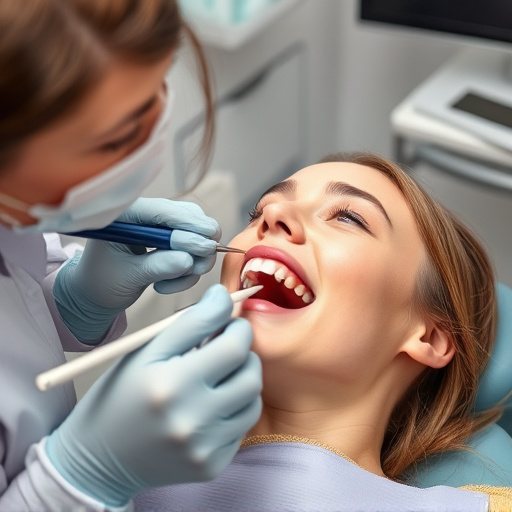
After a tooth extraction service, effective pain management is crucial for a swift and comfortable recovery. Patients should be instructed to take prescribed medications as directed by their dental professional, focusing on strong pain relievers during the initial 24-48 hours. Applying cold compresses to the external cheek can significantly reduce swelling and numb any lingering pain. Resting adequately, avoiding strenuous activities, and maintaining a soft diet for several days post-extraction will aid in healing and prevent complications.
Additionally, dental professionals can offer tailored strategies like recommending over-the-counter anti-inflammatory drugs or providing specific oral care instructions for follow-up dental cleanings to ensure optimal health. It’s important to monitor any signs of infection, such as persistent redness, swelling, or foul odor, and promptly consult the dentist if concerns arise. Effective pain management not only enhances patient comfort but also contributes to a successful recovery, enabling individuals to return to their normal routines and enjoy improved oral health, including considerations for cosmetic dentistry procedures.
Over-the-Counter Medications and Topical Anesthetics for Tooth Extraction Services

Over-the-counter (OTC) medications play a significant role in managing pain associated with tooth extraction services. Common choices include nonsteroidal anti-inflammatory drugs (NSAIDs) like ibuprofen and acetaminophen, which can effectively reduce swelling and discomfort after dental procedures. These medications are easily accessible and offer a cost-effective solution for mild to moderate pain. Additionally, topical anesthetics in the form of gels or creams containing ingredients such as lidocaine can provide localized numbing effects, making them particularly useful for sensitive areas around the extraction site.
When considering tooth extraction services, it’s important to explore these OTC options as a first line of defense. However, for more severe pain or cases where local anesthesia isn’t sufficient, restorative dentistry procedures like dental bonding or crowns might be recommended by dental professionals. These advanced solutions can help restore oral health and comfort, ensuring patients receive comprehensive care tailored to their needs.
Tooth extraction services don’t have to be a painful process. By understanding common post-extraction pain, employing effective management strategies, and utilizing over-the-counter medications or topical anesthetics, patients can achieve comfort during recovery. These simple steps ensure that individuals receive the best possible care, making tooth extraction services more manageable and less stressful.



